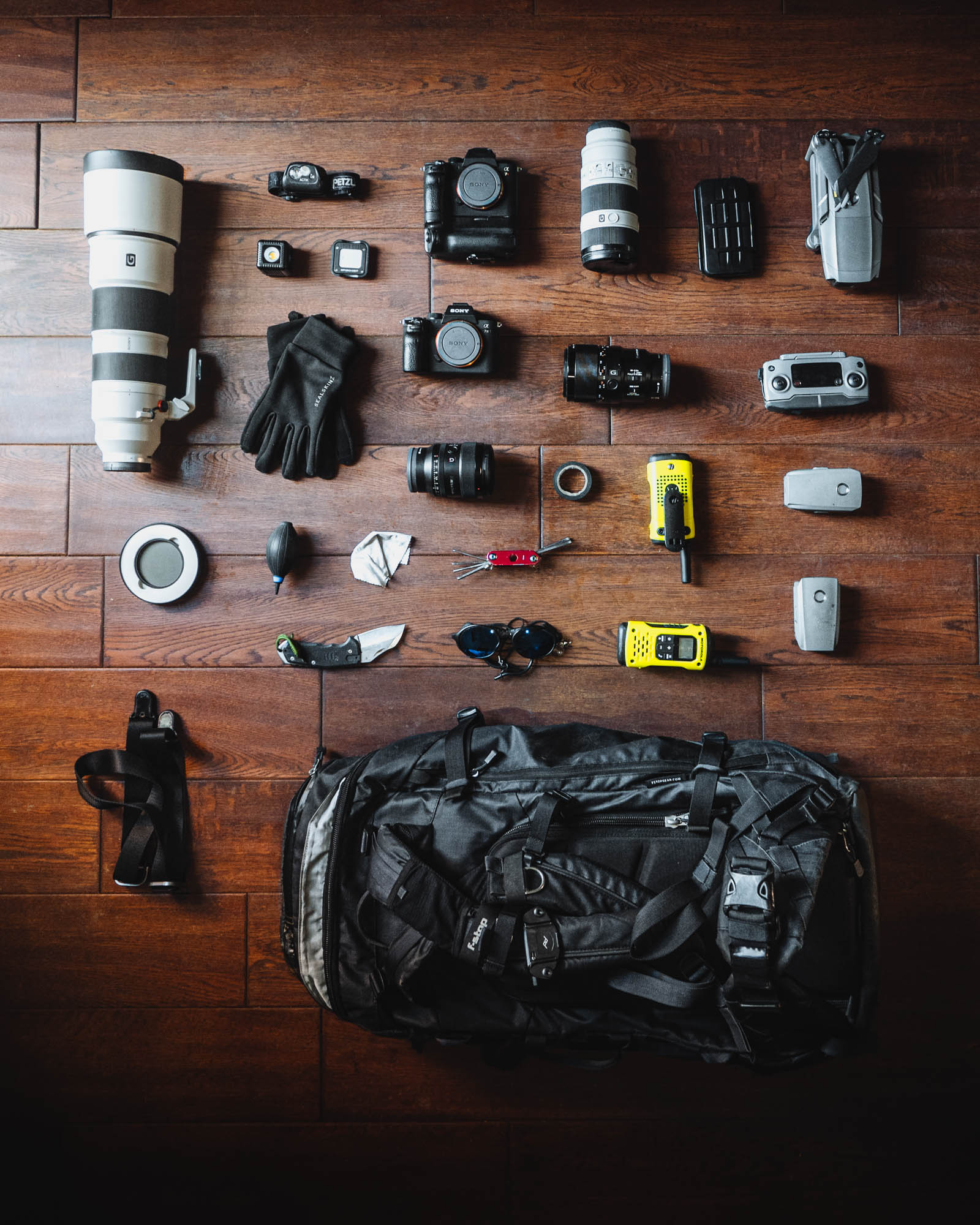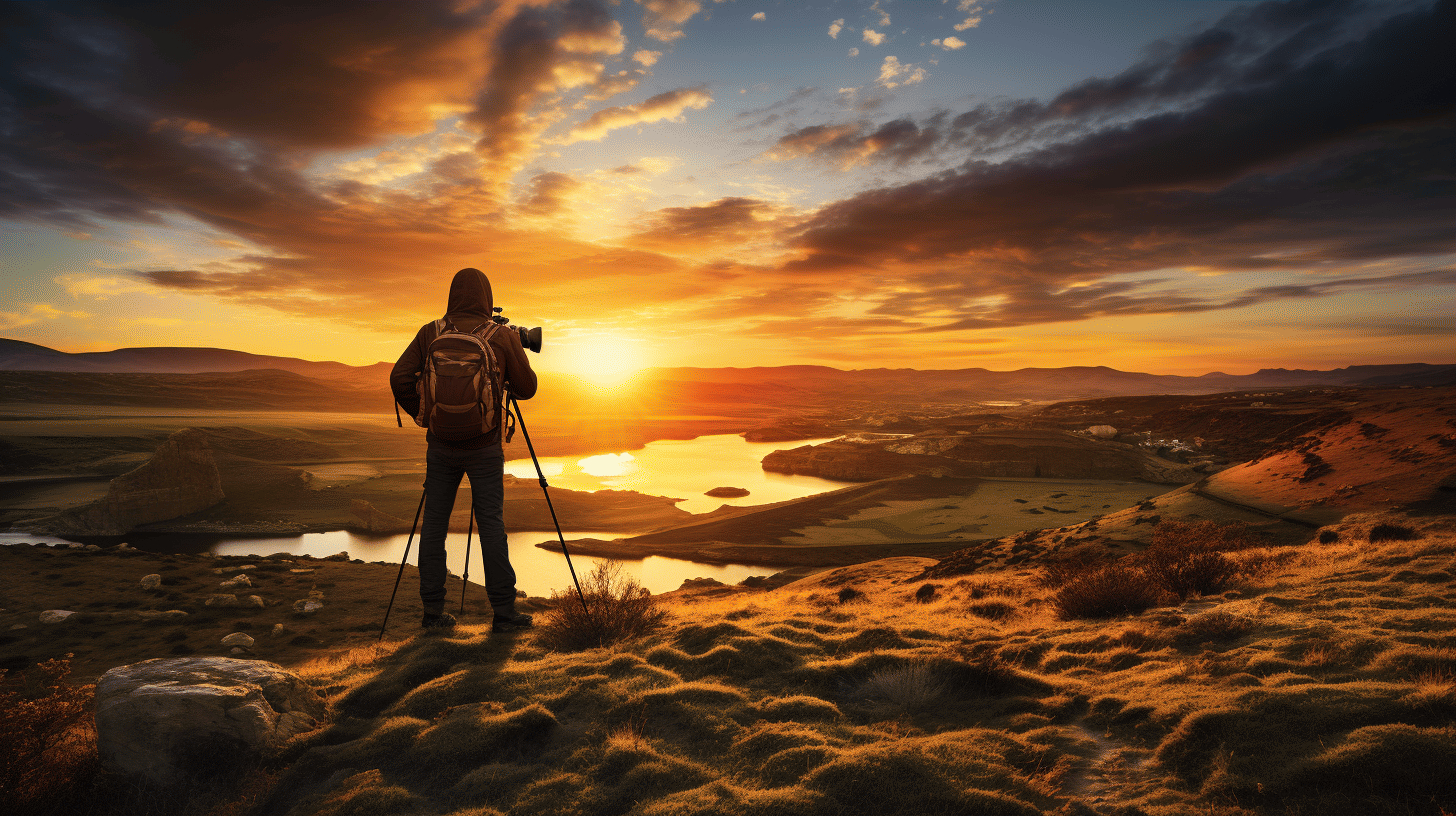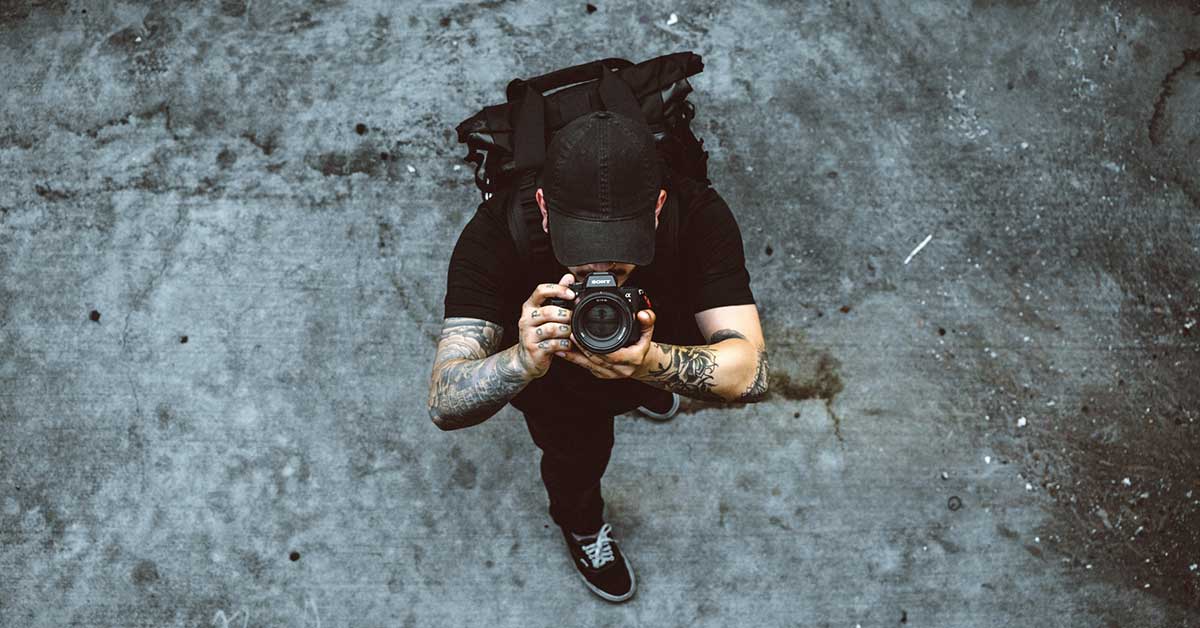Photography Tips for Trekkers: Capturing the Beauty of the Trail
Trekking is not just a physical endeavour; it's a journey that unfolds amidst stunning landscapes and awe-inspiring vistas. For trekkers who also happen to be photography enthusiasts, the trail offers a canvas of natural beauty waiting to be immortalised through the lens. In this article, we'll explore essential photography tips tailored for trekkers, ensuring that every step on the trail becomes an opportunity to capture breathtaking moments and create lasting memories.
Understanding Your Gear: Before hitting the trail, it's imperative to familiarise yourself with your camera equipment. Whether you're using a smartphone, a compact camera, or a DSLR, understanding the basic functions and settings will enhance your photography experience. Learn about aperture, shutter speed, ISO, and how they work together to achieve the desired effect in different lighting conditions.

Lightweight Gear:
- Opt for lightweight and compact camera gear to ease the burden of carrying heavy equipment during your trek.
- Consider mirrorless cameras or advanced compact cameras that deliver excellent image quality without adding extra weight to your backpack.
Protective Cases:
- Invest in durable, weather-sealed camera cases or covers to shield your equipment from the elements, including rain, dust, and sudden temperature changes.
Extra Batteries and Memory Cards:
- Carry spare batteries and memory cards to ensure you never miss a shot. Trekking in remote areas may not provide opportunities for recharging, so be prepared.
Mastering Composition Techniques:

Capturing stunning images goes beyond having the latest camera gear. It involves mastering fundamental composition techniques that can turn an ordinary scene into a captivating photograph.
Rule of Thirds:
- Divide your frame into thirds both horizontally and vertically. Place key elements along these lines or at their intersections to create a visually appealing composition.
Leading Lines:
- Utilise natural lines in the landscape—such as trails, rivers, or mountain ridges—to guide the viewer's eye through the photograph.
Foreground Interest:
- Incorporate elements in the foreground to add depth and interest to your images. Rocks, plants, or other trail features can serve as compelling foreground elements.
Frame within a Frame:
- Use natural elements like overhanging branches, arches, or rock formations to frame your subject, adding a layer of complexity to your composition.
Understanding Light:
- Leverage the different qualities of light throughout the day. Early morning and late afternoon provide warm, soft light, while midday sun can create dramatic shadows.
Technical Considerations for Trail Photography:
 While artistic composition is vital, understanding and mastering technical aspects will elevate your trekking photography to the next level.
While artistic composition is vital, understanding and mastering technical aspects will elevate your trekking photography to the next level.
Aperture Priority Mode:
- Experiment with aperture priority mode to control depth of field. A wider aperture (lower f-stop) can blur the background, emphasising your subject, while a smaller aperture (higher f-stop) captures more detail.
Shutter Speed for Motion:
- Adjust your shutter speed to freeze or capture motion. A fast shutter speed is ideal for freezing action, while a slower shutter speed can create a sense of motion, such as a flowing river or swaying trees.
ISO Settings:
- Be mindful of your ISO settings, especially in low-light conditions. Higher ISO values can introduce noise, so find a balance to maintain image quality.
White Balance:
- Adjust your white balance based on the prevailing light conditions. This ensures accurate colour reproduction in your photographs.
Focus and Depth of Field:
- Use manual focus to ensure your subject is sharp, especially in challenging lighting conditions. Experiment with depth of field to control what's in focus.
Capturing Candid Moments: Trekking is not just about picturesque landscapes; it's also about the human experience and the camaraderie built on the trail. Don't forget to document the candid moments that unfold during your journey.

Candid Portraits:
- Capture genuine expressions and emotions by taking candid portraits of your fellow trekkers. Use a telephoto lens to maintain a comfortable distance.
Storytelling Shots:
- Document the entire trek by taking shots that tell a story. Include shots of camp life, meal preparations, and the camaraderie among the trekking group.
Macro Photography:
- Zoom in on the smaller details along the trail, such as flora, fauna, or intricate textures. A macro lens or the macro mode on your camera can reveal a hidden world.
Silhouettes and Shadows:
- Use the play of light during sunrise or sunset to capture striking silhouettes and shadows. Experiment with different angles to enhance the drama.
Long Exposures:
- Experiment with long exposures, especially during twilight or nighttime. Capture the starry sky, trails of headlamps, or the gentle flow of a river under a full moon.
Practical Tips for Trail Photography:

In addition to technical skills and artistic vision, practical tips can make a significant difference in the success of your trekking photography.
Weather Preparedness:
- Be prepared for changing weather conditions. Pack waterproof covers for your gear and carry a lens cloth to wipe away raindrops or dew.
Quick Access:
- Keep your camera easily accessible. Use a camera strap or a holster bag for quick draws, ensuring you don't miss spontaneous moments.
Respect Nature:
- Practice Leave No Trace principles. Avoid trampling on delicate flora, and be cautious with wildlife to minimise your impact on the environment.
Golden Hour Advantage:
- Maximise the golden hour—shortly after sunrise and before sunset—when the light is soft and warm, creating magical tones in your photographs.
Experiment with Angles:
- Don't be afraid to crouch down, climb a rock, or experiment with different angles to capture unique perspectives of the landscape.
Conclusion: Trekking offers a plethora of opportunities for capturing breathtaking photographs, but mastering trail photography requires a combination of technical skills, compositional knowledge, and a keen eye for storytelling. By understanding your gear, mastering composition techniques, considering technical aspects, and documenting candid moments, you can ensure that your trekking adventure becomes not only a physical journey but also a visual feast for the senses. So, pack your camera gear, lace up your boots, and embark on a trekking experience that you'll immortalise through stunning photographs, preserving the beauty of the trail for years to come.


